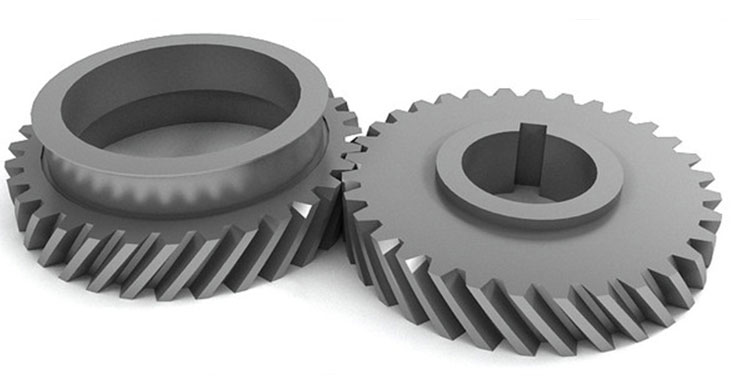
Helical gears are indeed capable of unleashing smooth and efficient power transmission, making them a popular choice for various applications. Their unique design and operating characteristics enable them to provide several advantages, unleashing their full potential in various industrial and mechanical systems. Here’s how helical gears achieve smoothness and efficiency:
1. Smooth Tooth Engagement:
Helical gears feature a helix angle that allows for gradual tooth engagement as they mesh. This smooth engagement reduces noise, vibration, and shock during operation, providing a quieter and more comfortable user experience.
2. Reduced Noise and Vibration:
The gradual meshing action of helical gears significantly reduces noise levels compared to spur gears. This low noise emission is particularly important in applications where noise reduction is critical, such as precision machinery and consumer appliances.
3. Higher Load-Carrying Capacity:
The helical tooth profile allows for multiple teeth to be in contact simultaneously, spreading the load across a broader surface area. This design feature enhances the gear’s load-carrying capacity, making helical gears suitable for heavy-duty applications.
4. Improved Efficiency:
The helix shape results in a continuous engagement of the gear teeth, reducing sliding friction during meshing. This efficient power transmission leads to less energy loss and higher overall system efficiency.
5. Energy Savings:
The reduced friction and improved efficiency of helical gears translate into energy savings in various mechanical systems. This energy-saving feature contributes to reduced operating costs in industrial applications.
6. Precise Motion Control:
Helical gears offer reduced backlash and smoother operation, making them ideal for precise motion control applications. They are commonly used in robotics, CNC machines, and other systems requiring accurate positioning.
7. Versatility in Gear Configurations:
Helical gears can be used in a wide range of gear configurations, including parallel shafts, crossed shafts, and multiple-stage gearboxes. This versatility allows engineers to design custom gear systems to meet specific application requirements.
8. Durability and Reliability:
Helical gears’ gradual tooth engagement and load distribution reduce wear and increase the gears’ overall durability. They are known for their reliability, making them suitable for continuous operation in industrial environments.
9. Automotive Transmissions:
Helical gears are extensively used in automotive transmissions to deliver smooth gear shifts, improved fuel efficiency, and quieter operation.
10. Industrial Machinery:
Helical gears find applications in various industrial machinery, including pumps, compressors, conveyors, and more, enhancing their performance and reliability.
The combination of smooth operation, reduced noise, higher efficiency, and versatility makes helical gears a powerful tool in the engineering world. Their capability to handle heavy loads, provide accurate motion control, and operate efficiently positions them as a critical component in a wide range of applications, from automotive and manufacturing to aerospace and robotics. As technology continues to advance, helical gears will continue to play a significant role in optimizing power transmission and contributing to more efficient and refined mechanical systems.
